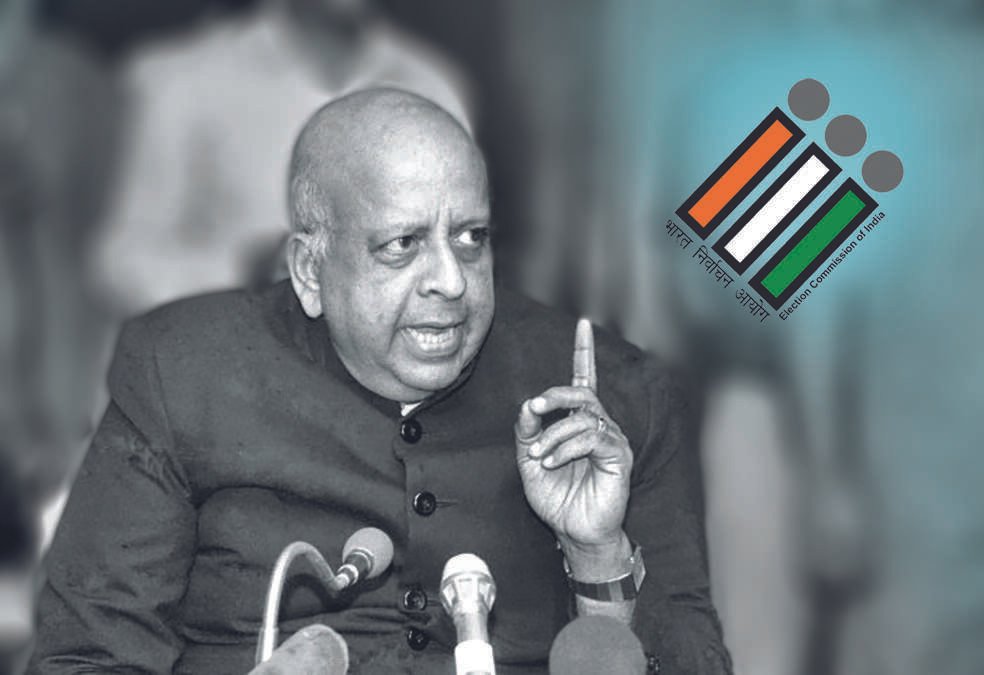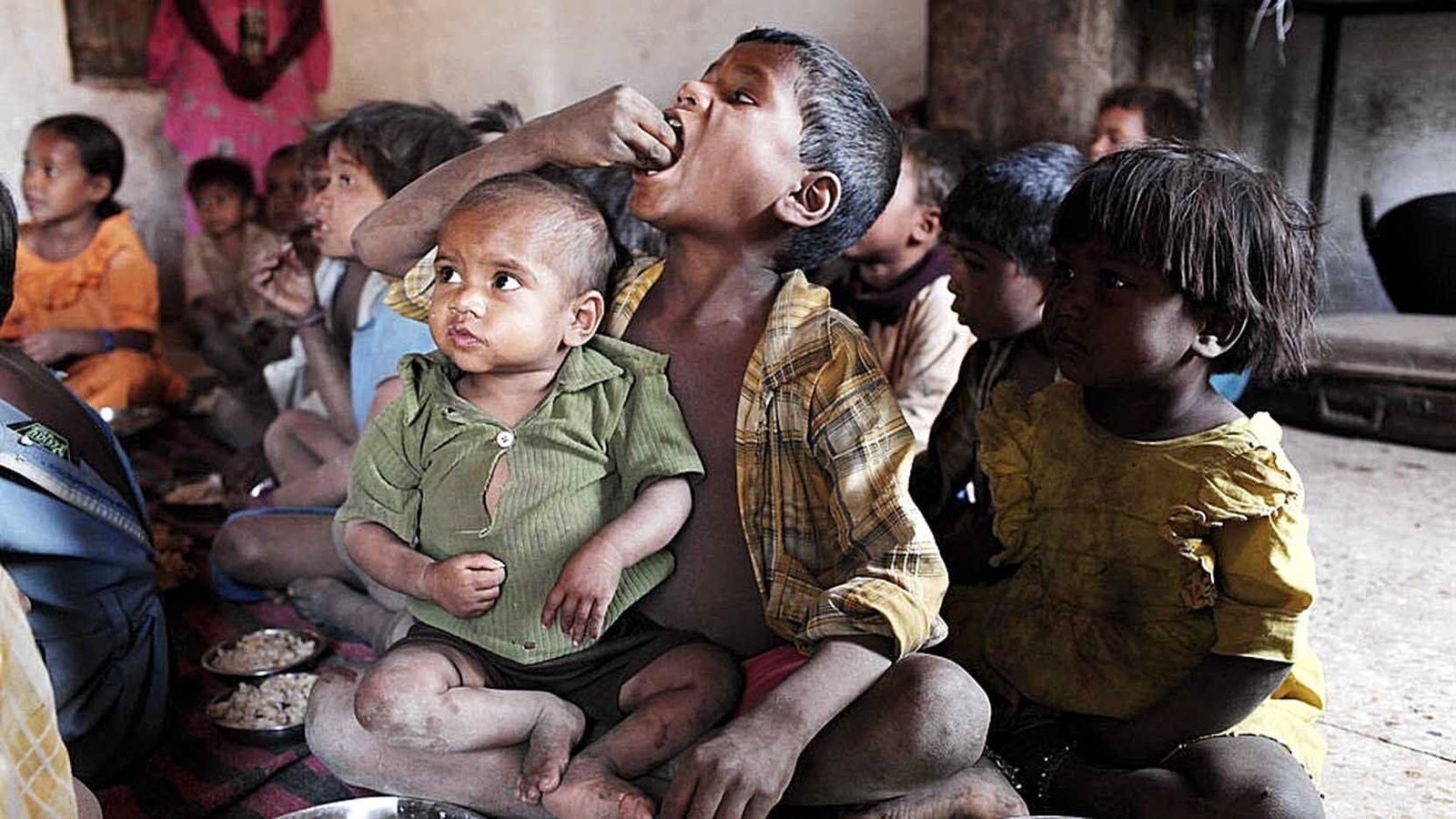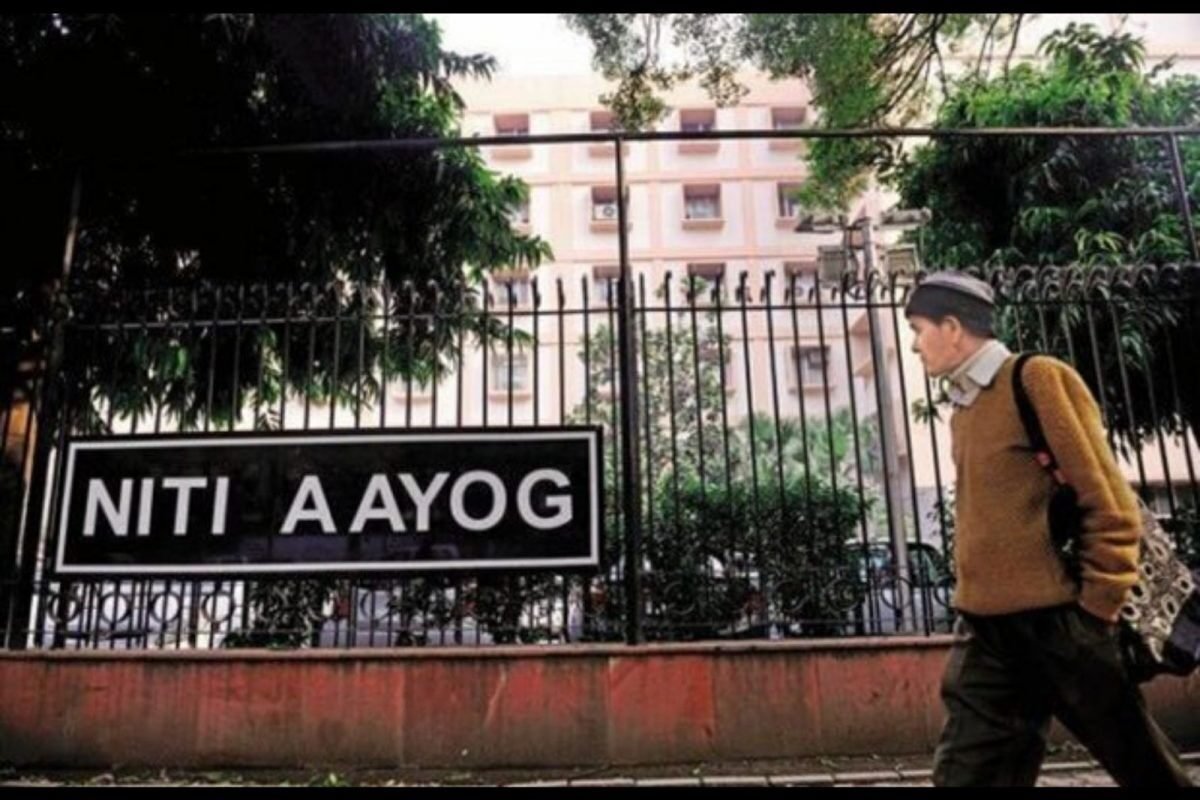Grandeur with quality
The overall investment scenario can be improved only when gala investment meets are complemented with an on-ground systematic and consistent focus on quality
These days investment meets are in vogue. Every state seems to be having a gala investment meet of its own. One can see large advertisements in newspapers and television regarding some state or the other having investment meets almost every month. Recently, Odisha had a very successful investment meet in which it is claimed that intentions to invest more than Rs 10 lakh crores, generating employment of almost similar amount, have been received. I think it all started with the highly successful model created by Gujarat through its very well-organized vibrant Gujarat investment meets. The Uttar Pradesh government over the last several years has also been holding its investment meets and the succession of conferences is to culminate in a final big bash global investment summit scheduled for February. To make this summit a success the Chief Minister, Senior Ministers and senior officers of the UP government are visiting several countries to showcase the investment potential of Uttar Pradesh and solicit investment proposals.
A huge target of Rs 10.5 lakh crores has been kept for this summit. Almost five years ago, the UP government had signed MOUs worth Rs 4.26 lakh crores of investment but less than 50 per cent of this has materialized on the ground. It is nice to have high targets as they have the potential of motivating the officers to work towards a goal. However, targets also have a negative side. My experience in government has been that whatever targets are set, get achieved at least on paper. The reality often is very different and can be misleading. The achievement of the targets under various development programmes is an illustration of this malaise. I would rather go for realistic targets and also focus on the quality of investments that come to the states.
I am not against investment meets. I feel this serves a very useful purpose in having a direct dialogue between the government and members of the industry in which the concerns of business are addressed and a suitable investment climate is created to incentivize actual investments. As Chief Secretary of UP, after formulating a very progressive industrial policy along with sector-specific policies, we went for investment meets in Mumbai and Delhi which were highly successful and many of those who attended said that but for this exchange of views, they would not have been aware of many initiatives taken by the State Government. However, I found that getting MOUs signed was one thing and executing them was a different ball game altogether. In the summits, the focus is on presenting the enabling policy framework, the existence of land banks, a facilitating security environment and other strengths of the State like the availability of raw materials, the status of infrastructure and the availability of human capital. Those who had a good experience investing in a state share their views and this is one of the most important factors in promoting investment in the state. However, I found that translating these MOUs into actual investment required a lot of effort in coordinating the views of various departments and also in trying to negotiate the long list of exemptions and benefits that the proposed investor was demanding.
In UP, our industrial policy had a very forward-looking clause which stated that any investment above Rs 500 crores would be treated as a mega project and the terms and conditions would be finalized after mutual consultation across the table. This proved to be a thorny issue as the investor would ask for the moon and the government finance department and rules and procedures would not allow things to be so open-ended. The only point I want to make is that converting these MOUs into actual investment requires a very proactive and liberal decision-making framework which is often not the strength of the civil service which tends to cover its tracks and secure itself against any future allegations or inquiries.
Similar is the reality of ease of doing business (EODB) or single window. Despite instructions from the top and an effort to get all clearances from one nodal point in reality departmentalism often comes to the fore to make a genuine single window difficult to achieve. In the case of EODB, where all possible instructions have been issued to see that clearances are given without the entrepreneur having to run from one office to another, the actual reality at the cutting edge of administration is often very different. Any prospective investor can be asked what he has to go through on getting clearances from the pollution control department or power connections. I would say that more than any policy, it is the mindset of the officers dealing with investors that creates the culture of investment in the state. This possibly explains that despite a high ranking in EODB the amount of investment coming into the state of UP is not a matching amount. UP, unfortunately, has a semi-feudal structure of administration which is often not very welcoming to the entrepreneur.
It is also a fact that currently all over the world there is inflation and also fears of recession being around the corner. In such an environment, investors may be wary of investing their funds. This may not be the best time to solicit investments. Further, I have a feeling that the same prospective investors are signing MOUs with various states and will finally invest in the state where they get the best deal which is another reason why the quantum of MOUs is not a very accurate indicator of the actual investments that is likely to flow into the state. Moreover, one thing that many states ignore is that the experience of the existing industries with the government is a very important determinant of the investment climate in the State. Very often, the existing industry has a long list of grievances with the state government which, if they are not getting resolved then they do not speak well about the investment scenario in the state. I feel, the focus along with the investment meets to attract new investment there should also be a focus on having dialogues regularly with existing industries and a very proactive and positive approach in resolving their problems. If the existing industries are happy then they will act as brand ambassadors of the states.
It is also important to focus on the quality of the investment that is likely to come. Along with the target of investments, there should be a specific target for employment also, especially in light of the recent experience of growth without employment. In UP, it is important to see that the proposed investment is not concentrated in Noida or West UP but dispersed throughout the state to correct the regional imbalance of growth. I also feel that along with investments in manufacturing there should be a policy framework to incentivize investment in the services sector which has a huge potential for growth in the coming years.
Investment meets, by themselves, are not sufficient to bring investment to a state or create an environment of high growth rate. Focus has to move from organizing gala events attended by celebrities to meticulous and systematic focused hard work at the ground level to genuinely give a welcoming signal to the prospective investors. Merely focusing on a large target of investments can often give a very incorrect picture.
The writer is an ex-Chief Secretary, Govt of Uttar Pradesh. Views expressed are personal










